Each with a distinct signature, these designers are giving Indian interiors and craft an important place on the world stage
In a land like India, where design and craft traditions date back thousands of years and are still ever-evolving, there’s something to be said about architects and designers who possess both a global sensibility and a local sensitivity. We got up close and personal with five Indian designers, each with a remarkably distinct signature, to learn more about their journeys, their inspirations, and their plans for taking India Modern to the world stage.
Meetu Akali, Studio Momo, Goa
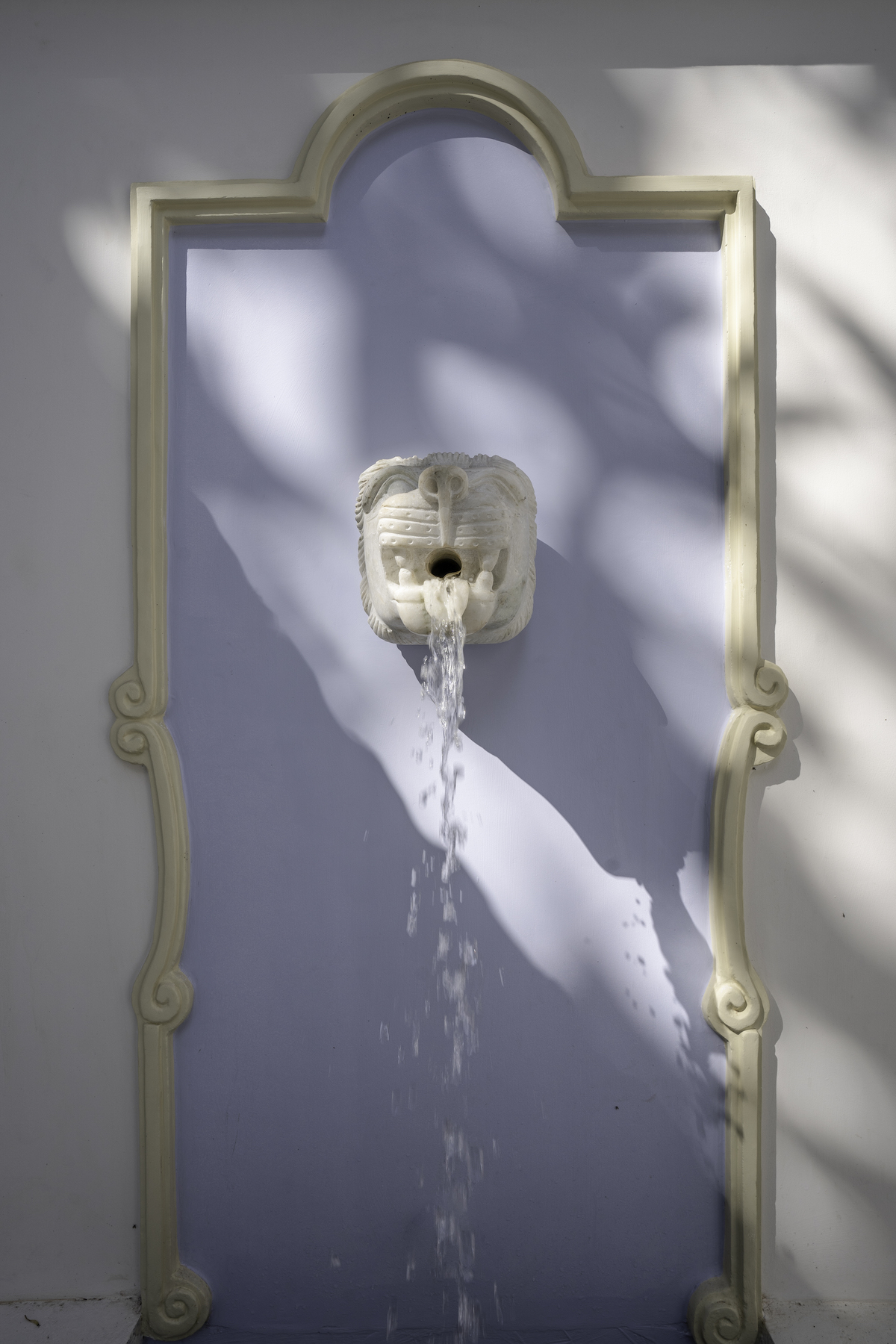
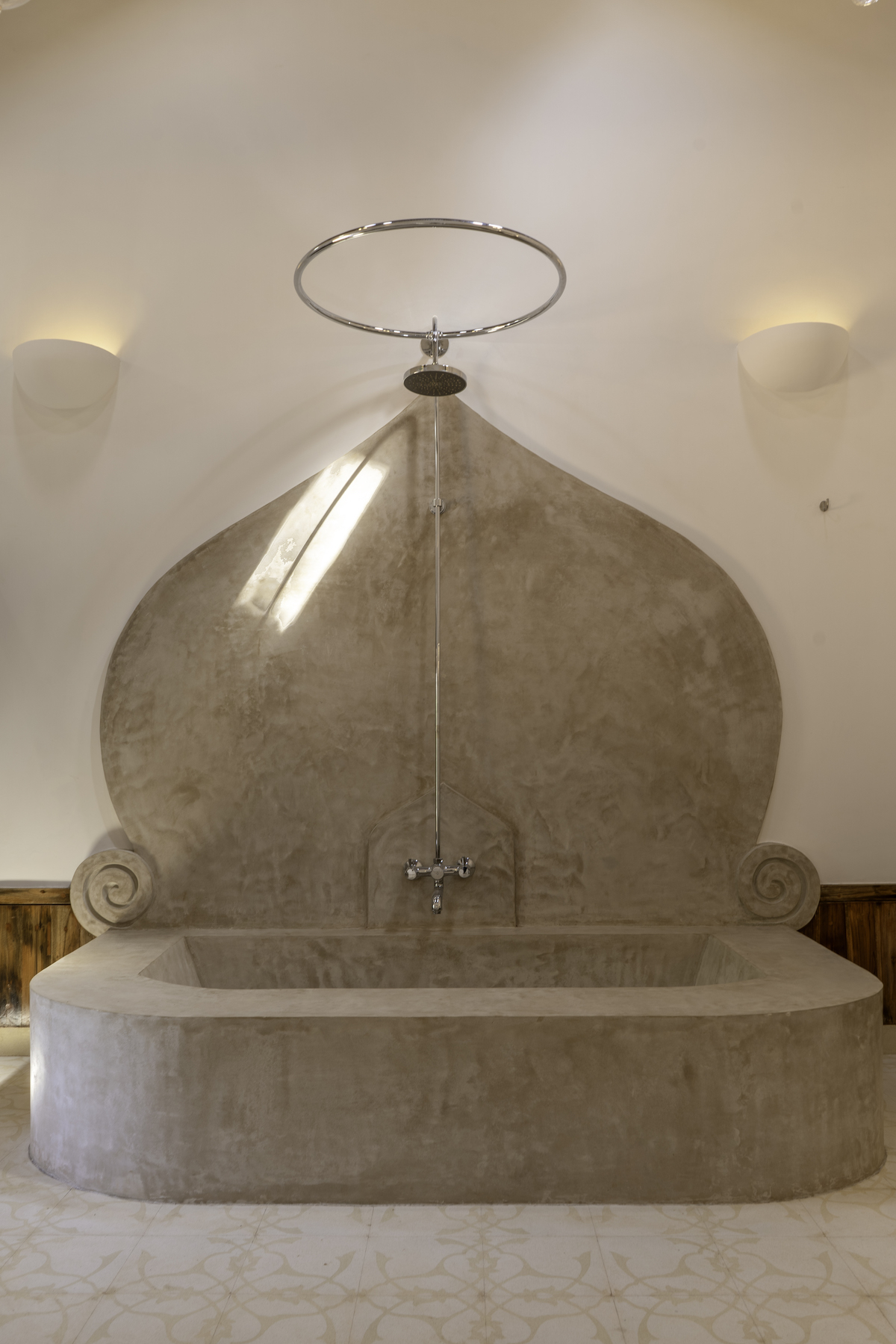
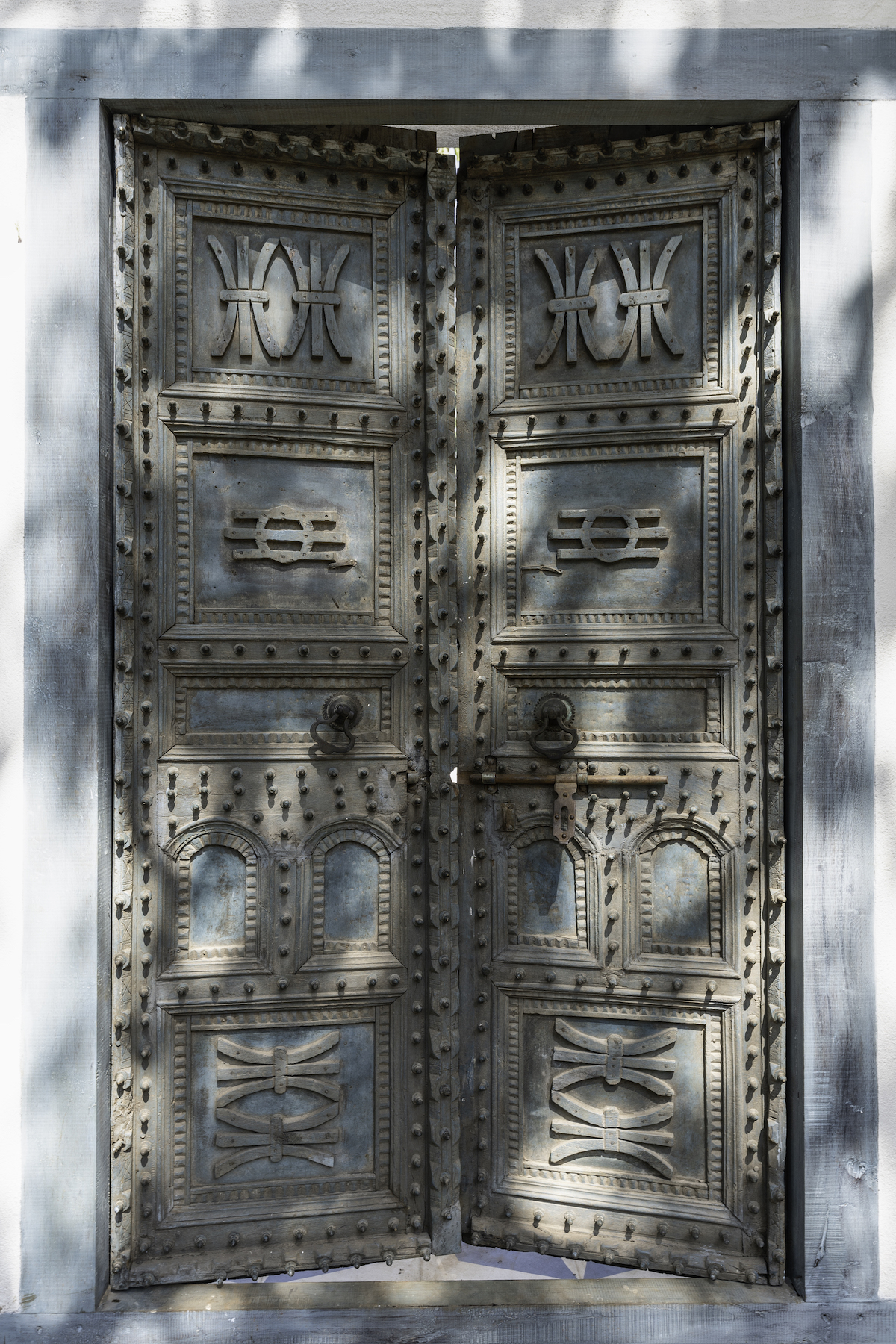
What is your background and how did it influence your choice of career?
I am the eldest of three daughters. I was born and raised in Mumbai in a very unique joint family setup where my father and five of his brothers all lived under one roof along with their families. Even though we grew up in a cosmopolitan city, my parents and uncles insisted on taking us trekking and on adventures on the weekends. At a very young age, we were taught to be independent, fearless and curious. Nature has always inspired me directly and indirectly. I am told that when I was very young, I would spend hours playing with LEGO blocks and create flying houses and other equally curious things.
I also remember salvaging empty cardboard boxes and putting them together to create castles and fortresses with fantastical draw bridges, complete with electrical wiring and makeshift pieces of furniture. My path to architecture played out very naturally, but now it all adds up.
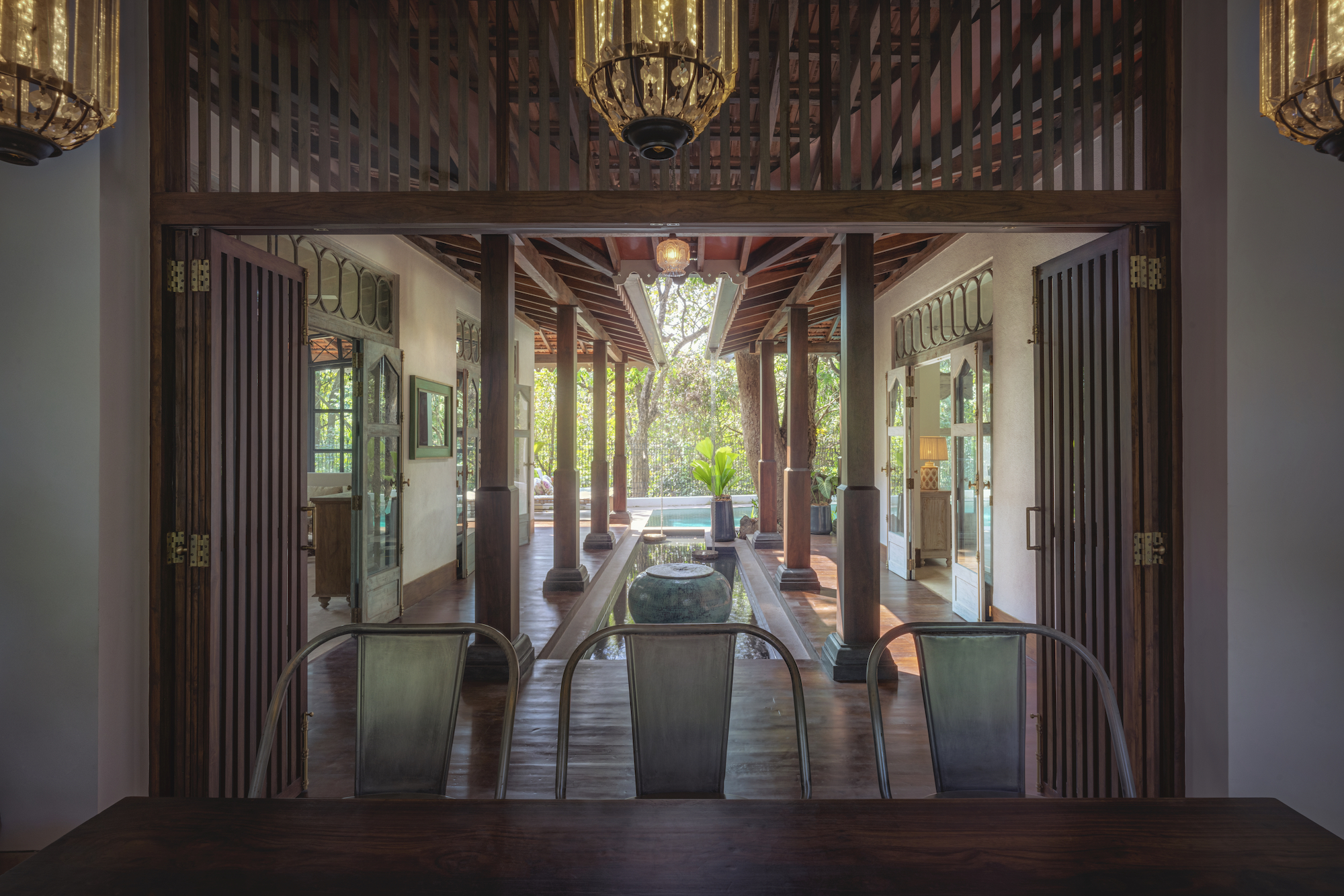
What inspired you to set up a restoration practice in Goa?
At the age of 17, I took many trips, some solo, to ancient sites across India. Ancient architecture has always fascinated me for its use of natural materials. I did my master’s in advanced architecture design at Oxford under the mentorship of David Greene and Andrew Holmes, who no doubt played a part in shaping my perspective. I started Studio Momo upon my return to India. I was certain that I wanted to settle down somewhere close to nature, with a relaxed, multicultural vibe. Goa made perfect sense. Restoration architecture happened serendipitously. I jumped into the deep end and learned along the way.
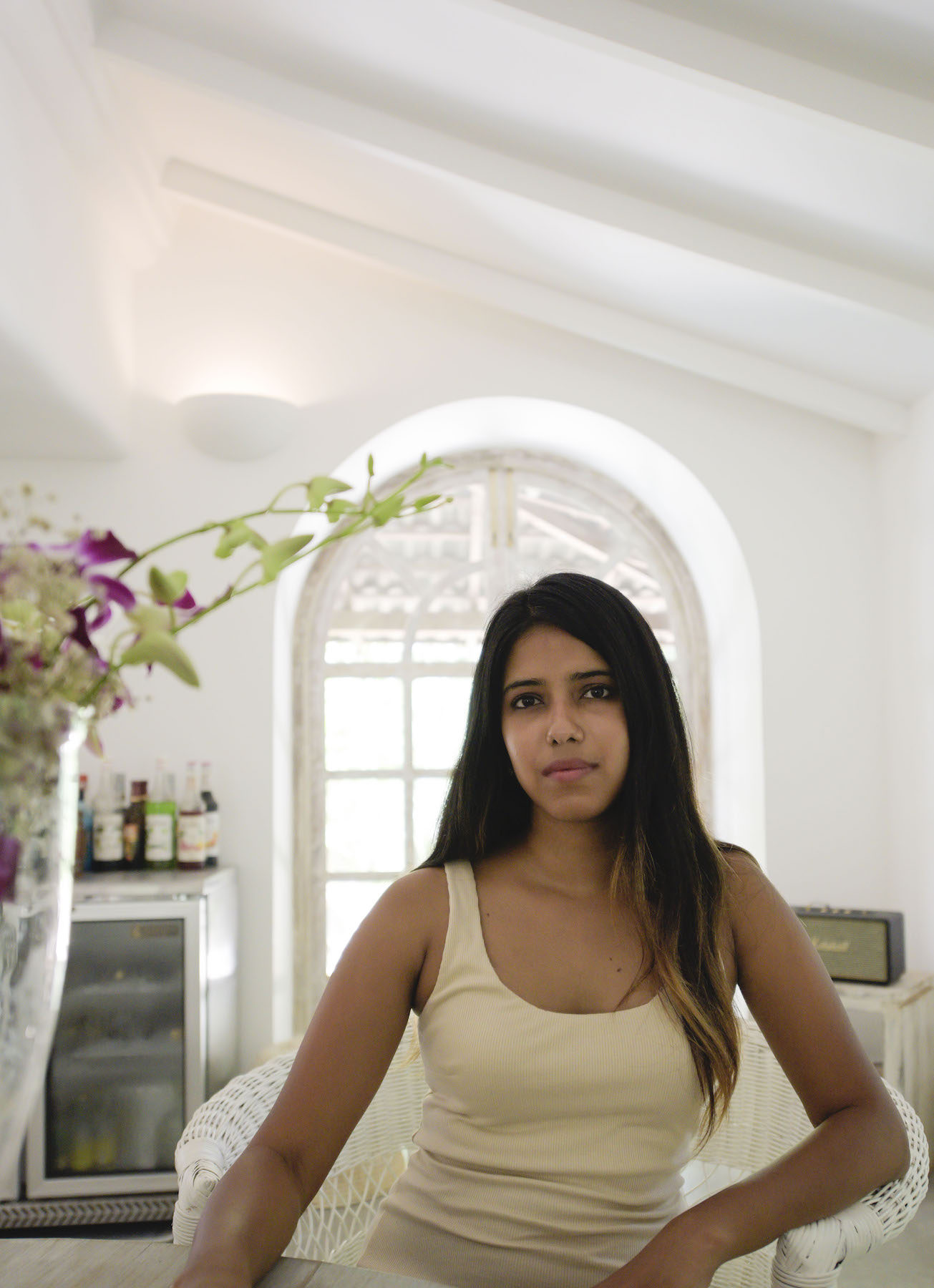


In the context of restoration, how do you strike a balance between old and new?
I am a true believer in wabi-sabi, the Japanese philosophy of finding beauty in the imperfections. When applied in design, it evokes simple living with an understated elegance. From the architecture to the interiors to the colour schemes and choice of materials, everything pivots around being sustainable and making environmentally conscious design choices.
What have been some defining moments in your career?
I have never distinguished my career into high and low moments. Rather, it has been one exciting journey with lots of learnings. I have been lucky to have completed some really beautiful homes at a very young age. Having said that, it wasn’t all easy. One moment that stands out in my memory is the construction of a villa in North Goa, for a world-famous chef, a few years ago. I had designed the villa to wrap around the 100-year-old mango tree at the centre of the plot, but towards the final stages, we realised that the foundation of the load-bearing structure would interfere with the widely spread roots. I was told we had no option but to fell the tree as time was of the essence. As someone who has always believed in sustainable design, I just couldn’t allow this so I remember working into the wee hours to revise the design by the next day. We ultimately managed to save the tree. Everybody believes that it gave the sweetest mangoes that year.
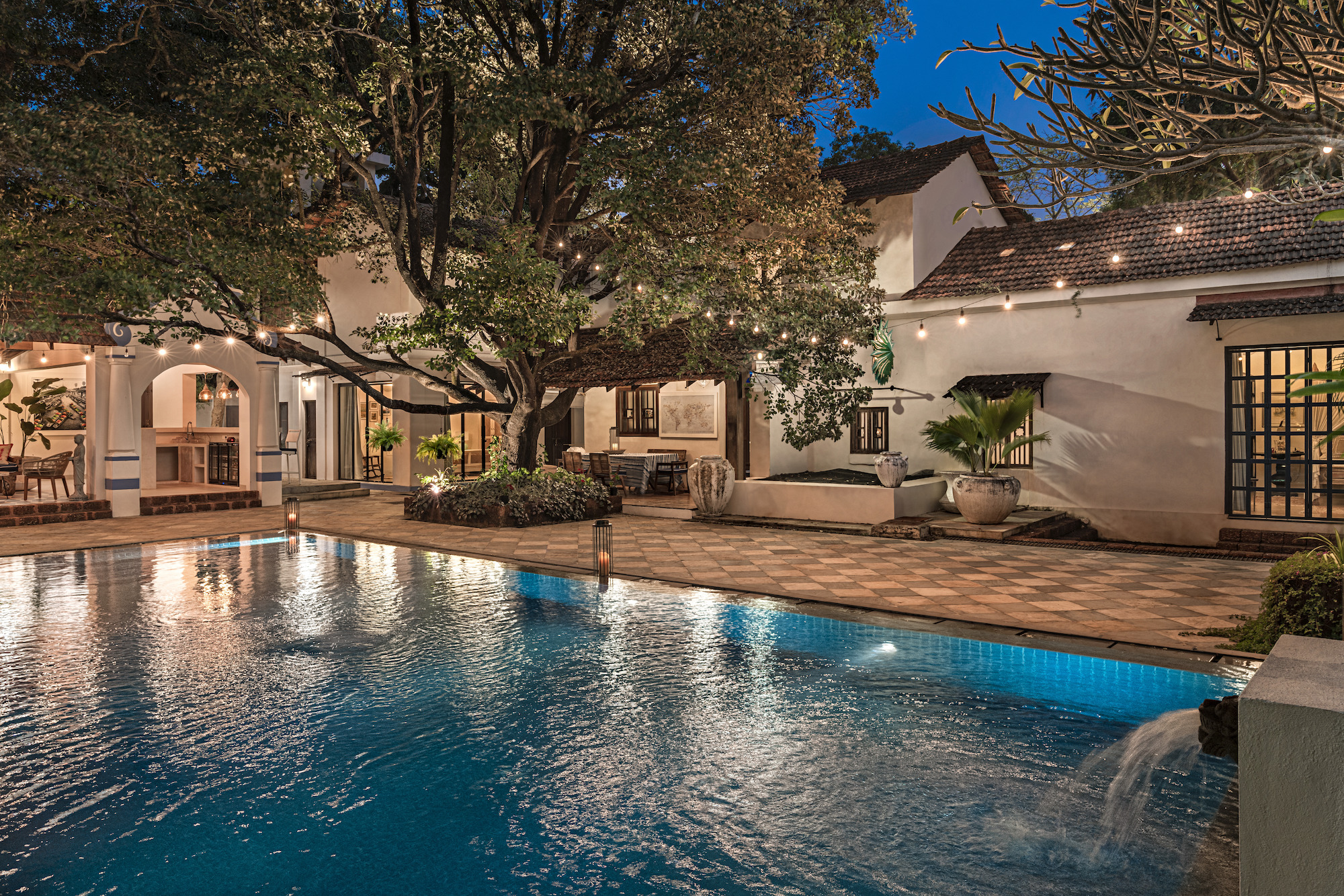
Do you have any design heroes? If so, who?
I have been greatly inspired by the works of British-born Indian architect Laurie Baker and Egyptian architect Hassan Fathy. Baker was renowned for his low-cost building techniques and successfully managed to combine his work with social and humanitarian efforts. Similarly, Fathy believed that architecture is for the people and worked excessively with sustainable and local techniques.
Kohelika Kohli, K2India, New Delhi
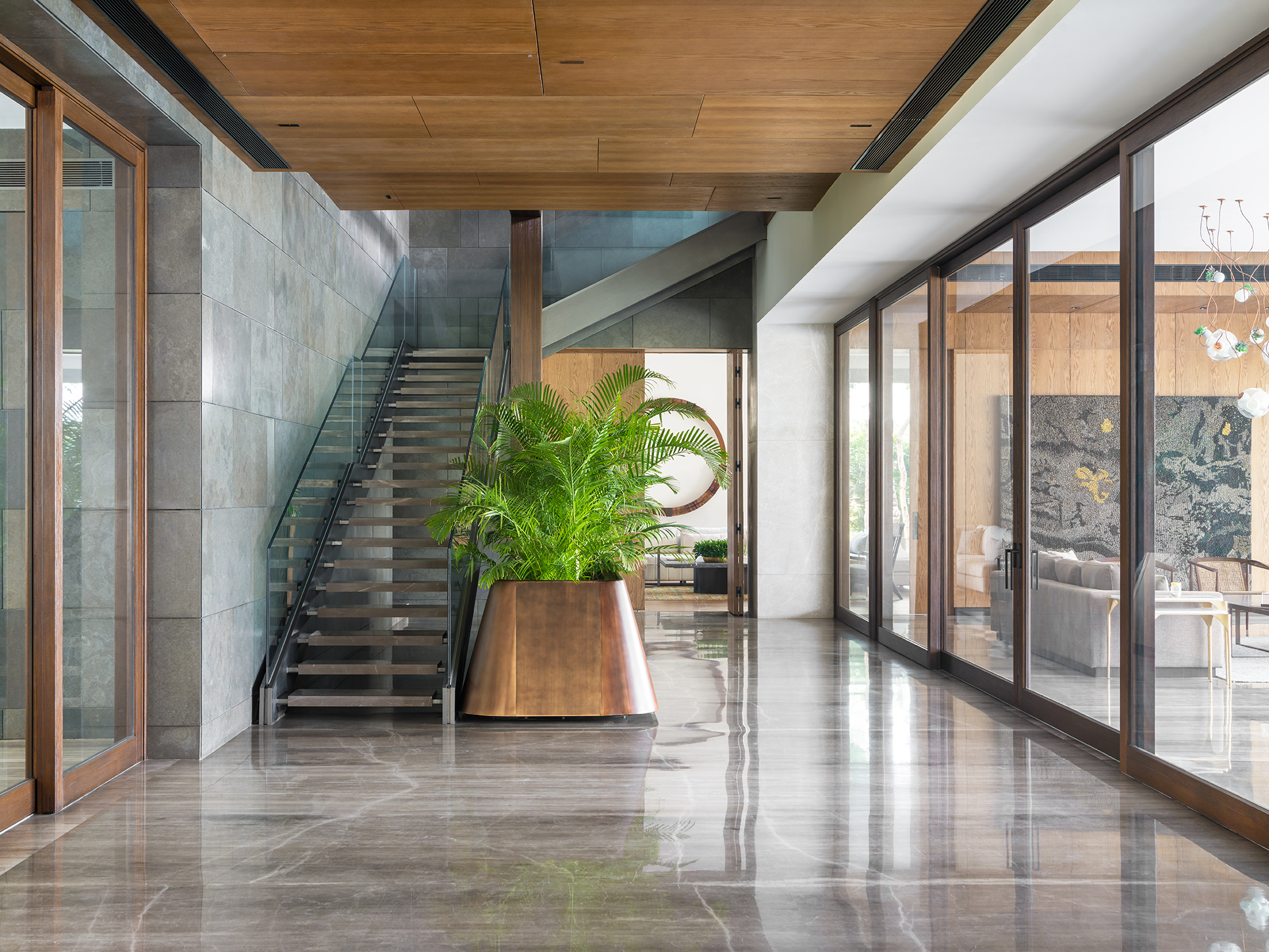
Tell us about your childhood and how that had an influence on your choice of career.
By training, I am an architect and a carpenter. From a young age, I was always pottering around in my mother’s design studio. My mum [noted Indian interior designer, architectural restorer and furniture manufacturer Sunita Kohli, who restored and decorated Rashtrapati Bhavan (the President’s House), Parliament House Colonnade and the Prime Minister’s Office], would take me on work trips all over India and abroad.
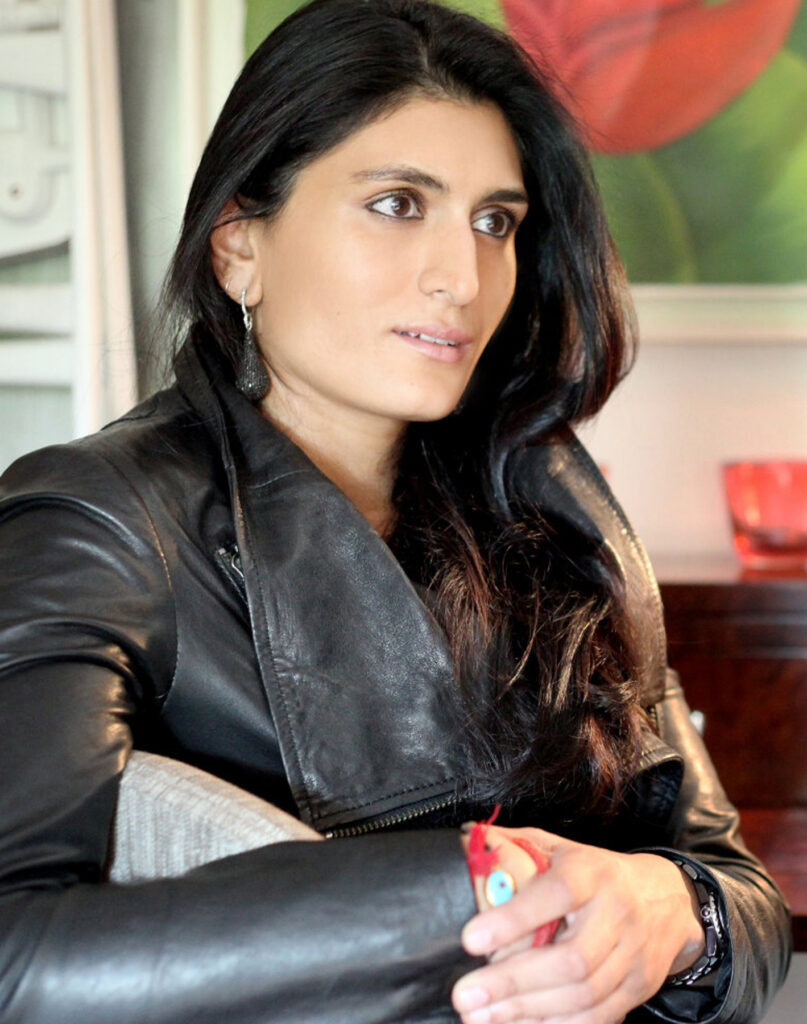
I remember at age 13 going off to the south of France to look at marine bathrooms for boats. At the time, she was designing the Oberoi Philae Cruiser, which went on to win many awards. I am certain all this was already creating an impression on me and perhaps also deepening my inclination towards design. However, I continued doing what I did best, which was riding horses. For five consecutive years, I was the National Sub-Juniors Equestrian Champion.
I ended up going to England for my A-levels, partly because I had a scholarship and partly because I was competing both nationally and internationally in show-jumping and three-day eventing. It is there that I discovered my love for design. Years later, I went on to study architecture and photography at the Pratt Institute of Design in New York.
What was the genesis of your practice?
My architectural schooling was all in the US [with a study-abroad programme in Italy]. I left India just before my 17th birthday and only returned before my 25th. I had worked at Foster + Partners in London and Oliver Cope Architect in New York, but now back home, I was keen to start my own small architectural practice. For the first two years, all I designed were guard rooms, a few classrooms for schools, factory extensions and godowns. Only after that did I manage to get my hands-on projects I actually had expertise in. In 2010, on a wonderful trip to South India, my mother and I decided on the name K2India and co-founded the company on our return.
We strongly believe that our surroundings directly influence the quality of our lives… to use Alain de Botton’s phrase, I believe in the “architecture of happiness.”
Kohelika Kohli, co-founder of K2India
What is your design philosophy?
We strongly believe that our surroundings directly influence the quality of our lives, whether in the workplace, at home or in the public spaces in between. It is our endeavour to provide our clients with the most cutting-edge designs and cost-effective solutions in both form and functionality. To use Alain de Botton’s phrase, I believe in the “architecture of happiness.”
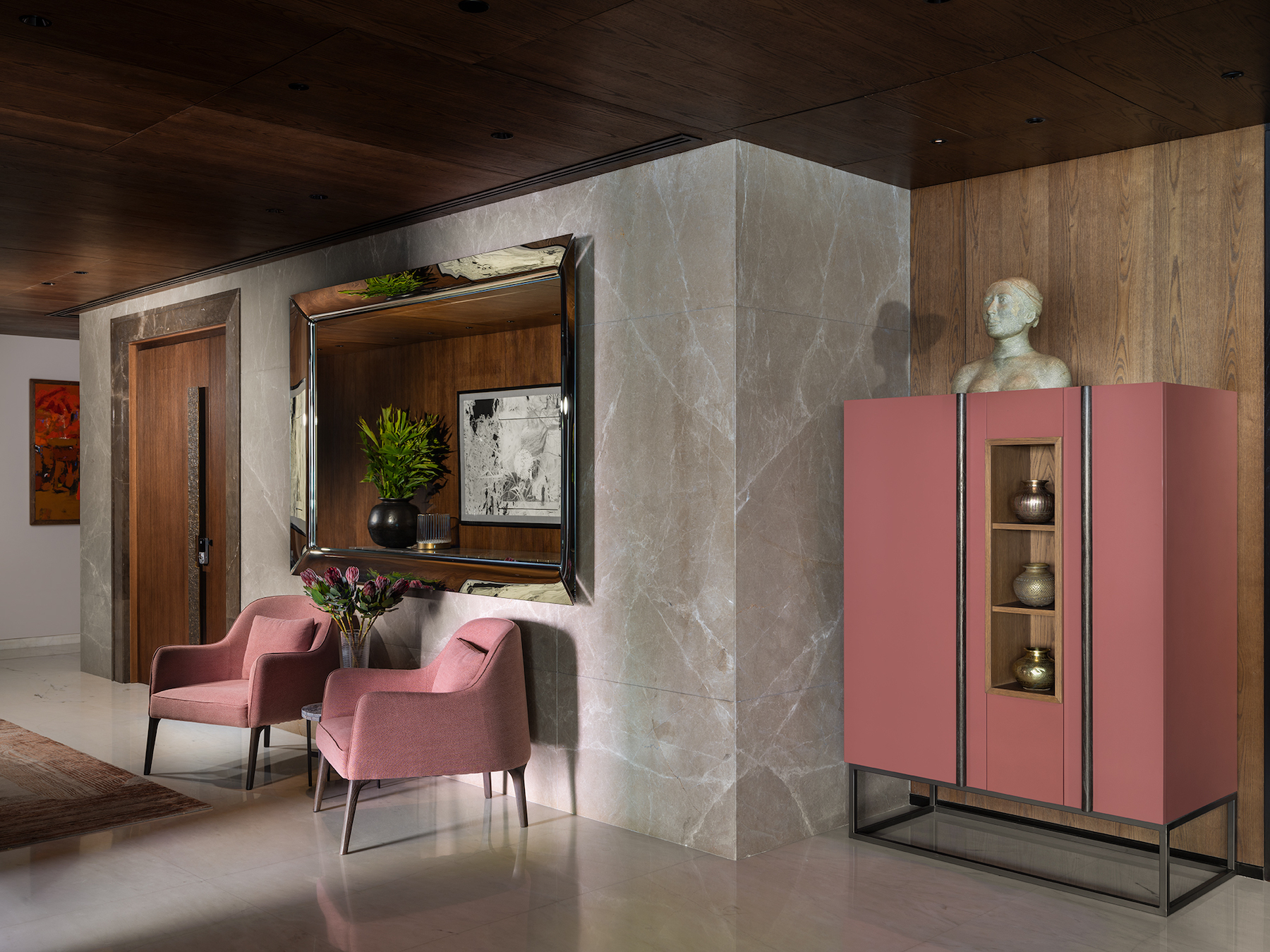

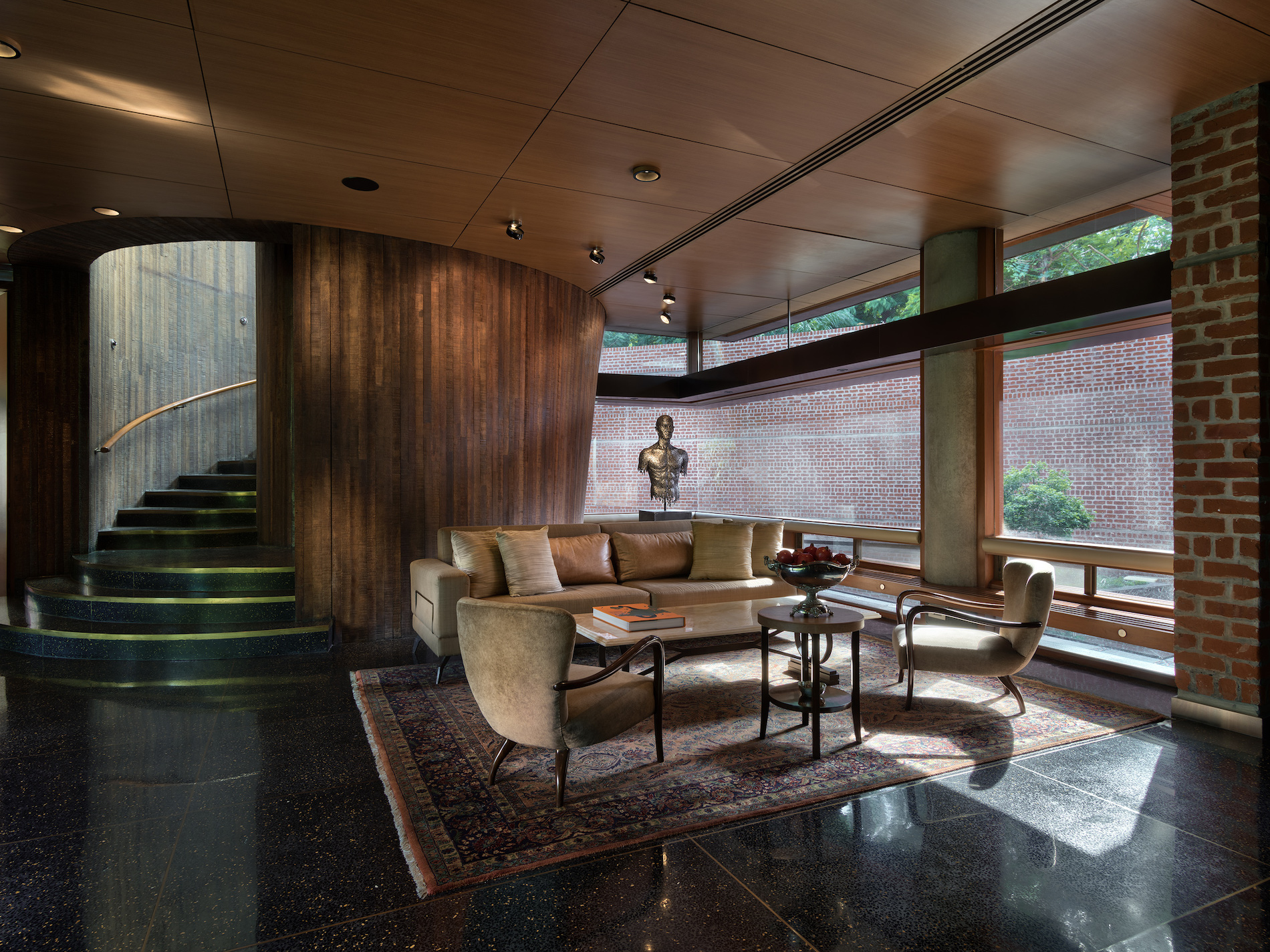
What challenges have you encountered on your professional journey?
Setting up K2india in 2010 opened my eyes to how architecture and business go hand in hand. Back then, architecture in India was a male-dominated profession that was hard to break into. Not much has changed. Even today, most successful firms are helmed by men. We’ve had to put in the hard work and prove our competence time and time again.
Who do you consider amongst your inspirations?
Carlo Scarpa and Frank Lloyd Wright for sure. I think for me, their ability to design on different scales and yet make the result feel personal, desirable and intimate is emotionally moving. This is what good and inspired design should be all about, I believe.
Ravi Vazirani, , Mumbai
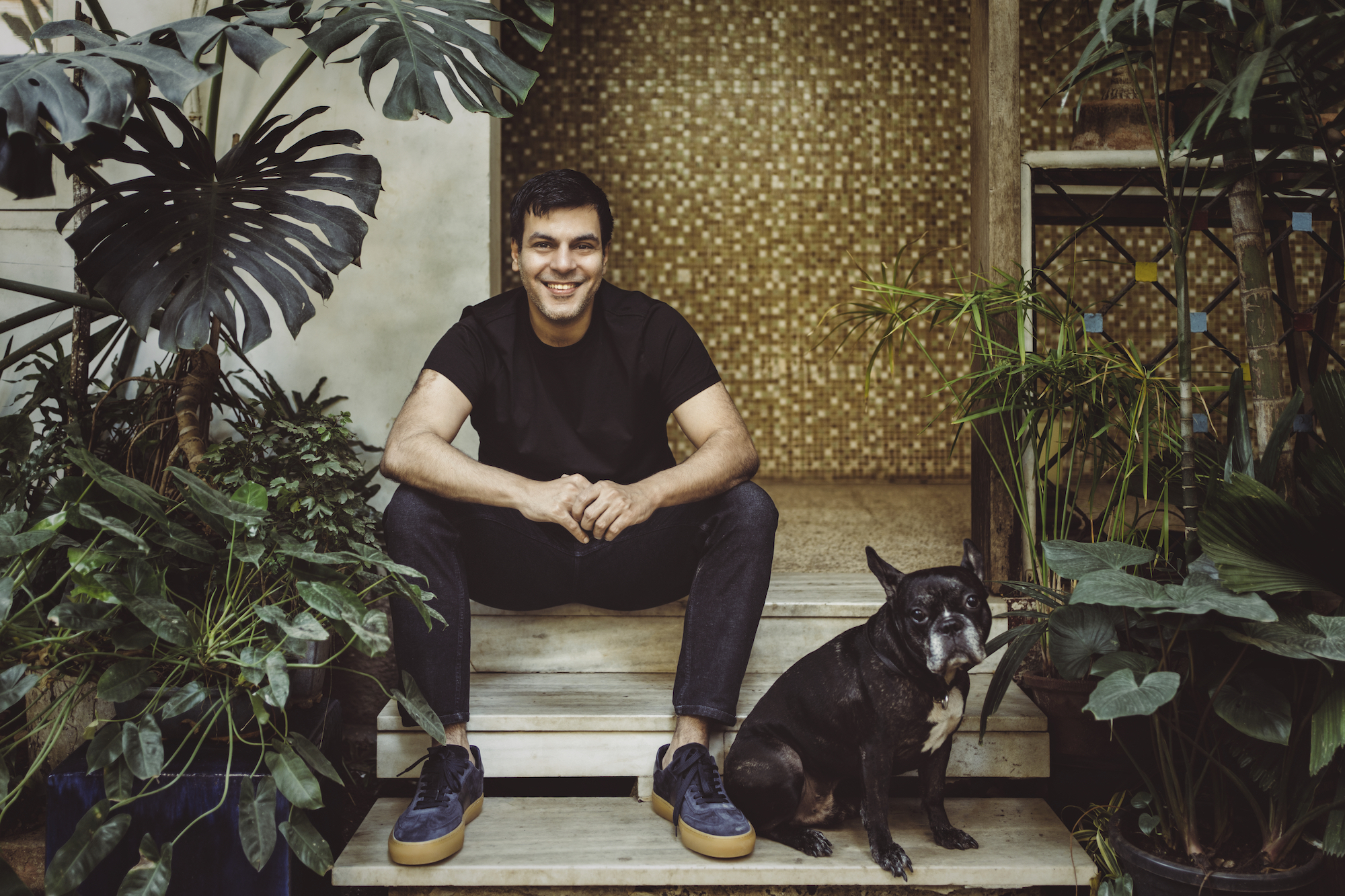
How and when did you know you were destined for design?
I don’t come from a ‘design-forward’ family. I don’t even know where I get my sense of design from. My sister is a trained designer who ironically does not practise design. Seeing her study, sketch and draw out CAD plans by hand in the 90s, I started doodling fictional layouts of homes behind boring textbooks, most of which I still have. They are precious, these doodles of mine. I was confused between retaliating to what was expected of me and wanting to study design. I applied to some top design schools in the country and never got accepted. Disheartened, I ended up doing my masters in marketing management and moved to Australia.
When did you take the big leap?
When I came back to India, every job I was offered sounded dead boring and I ended up (hardly) working for my father in his textile mill. It was then that I started freelancing as a designer and gathered the courage to call myself one. I was approached to design a large family home spread over four floors for a school friend. I quoted a fee and they actually agreed to pay me. Around the same time, I was introduced to the editor of a magazine and she encouraged me to start writing for them. I connected with designers doing what I wanted to do.
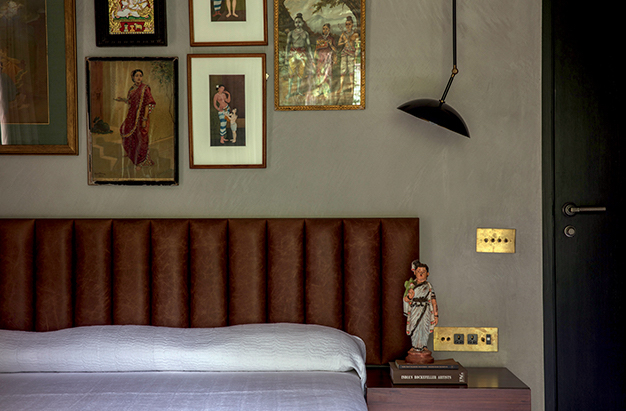
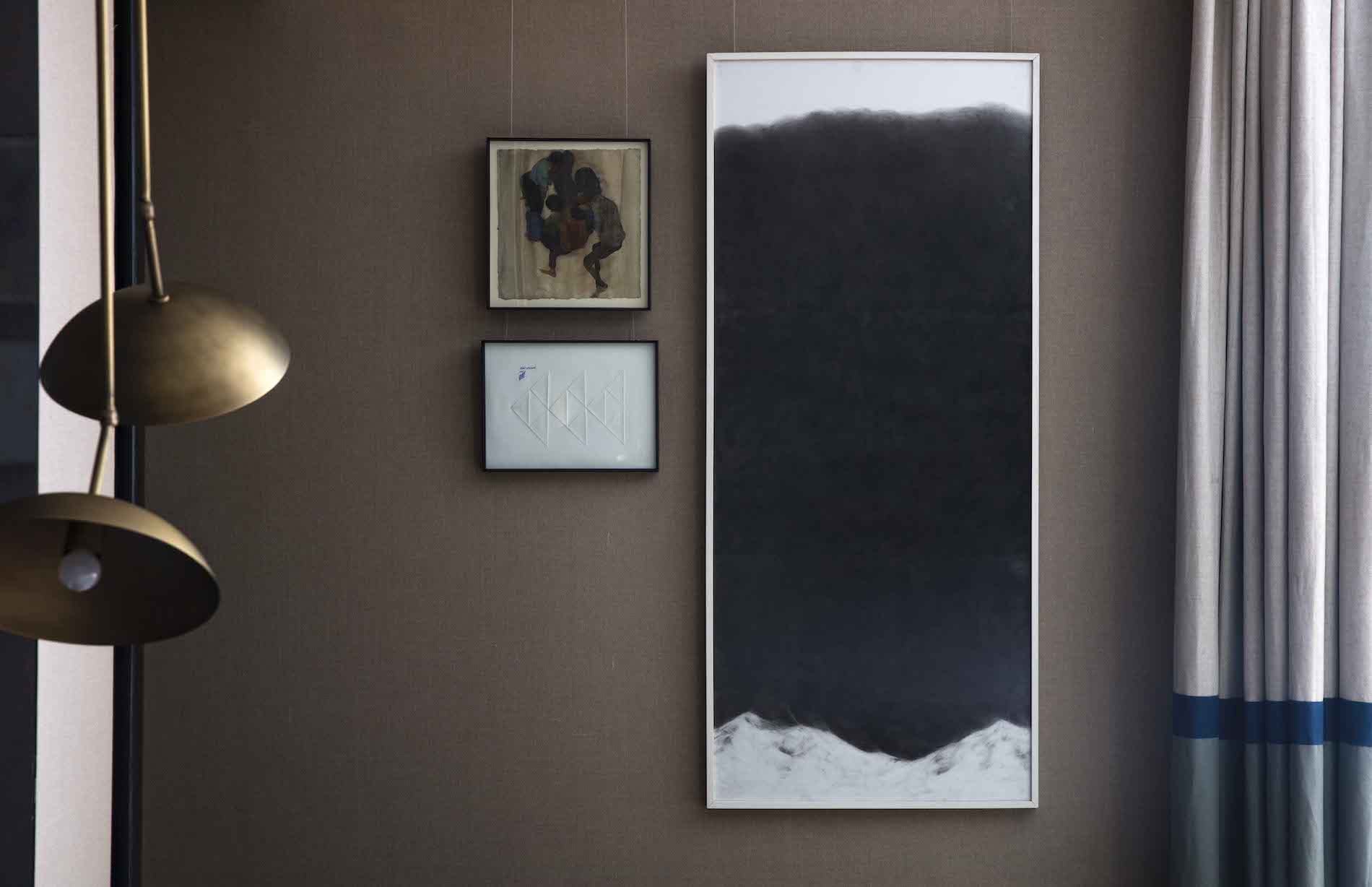
I quit my job at my father’s mill, and on 31st December 2006, decided I was going to be an interior designer. I didn’t know how, I just knew it was going to happen. One thing led to another, and in May 2008, I got myself a full-time job as a senior interior designer. Ravi Vazirani Design Studio was established in 2010 in an empty room in my parents’ house. All I had was a mattress, a desk and my first employee. There was one chair between the two of us and no AC. It was manifestation, before manifestation was a thing.
Do you have a design playbook?
My focus lies in crafting products and spaces that evoke emotions and connections. Rather than following fleeting trends and spending money on short-lived fads, I prefer to immerse myself in design styles and influences from various time periods. Given the size of the studio, we intentionally limit the number of projects we undertake. This approach enables us to carefully select the projects that truly resonate with us, making each one significant in its own unique way. While it might not always be the most lucrative decision, I find immense satisfaction in this approach.

What has been your standout project?
I’d say fashion designer Arpita Mehta’s flagship store in Mumbai. We started working on it in 2019 and had four months to complete it. Three days after we finished the project, the pandemic hit and we couldn’t style the store and she couldn’t launch it. After seven months, when we did finally set foot inside, it was destroyed due to a leak in the ceiling [there’s a terrace garden above the store] that occurred during the monsoons. The walls and ceiling were damaged with cracks and mould. The workers who had originally worked on the store weren’t around and my team was still working from home. Between double and triple face masks, hand gloves, sanitisers and trying to not get COVID, we had to get the store together, style it, source objects, restore things, address structural issues. Luckily, we managed. We got a lot of love and positive feedback about the store and the fact that we were able to marry the aesthetics of two very diverse design practices—mine more minimal and Arpita’s more craft-based—was another feather in the cap.

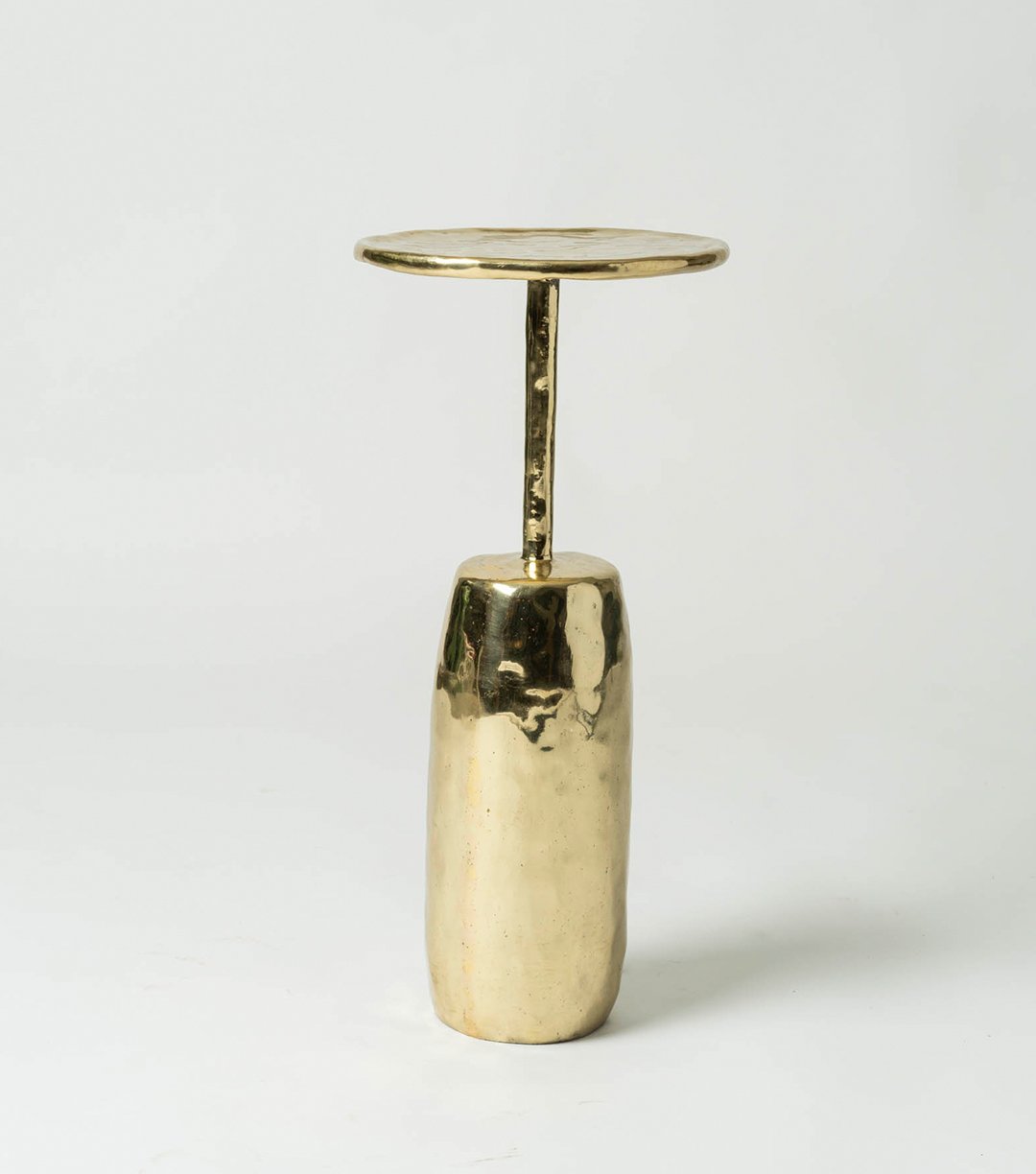
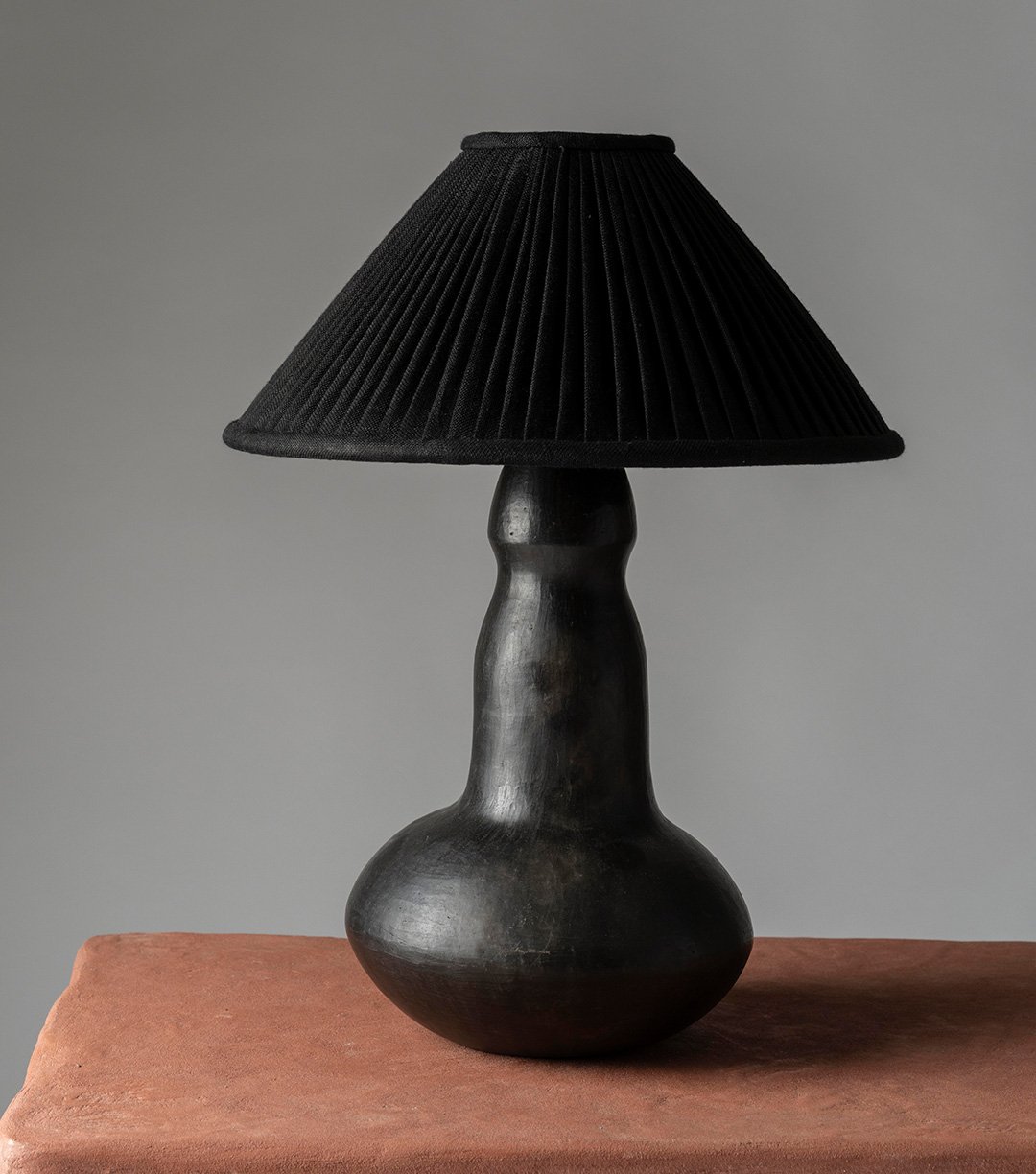
Have you had any memorable or funny career moments?
Quite a few, actually. I was once standing in a bar with a friend of mine who is rather famous, and someone stopped by and recognised me instead. On another occasion, someone complimented me on my work and said how much they loved it, only to then realise they were actually speaking of somebody else whose work I don’t particularly resonate with. Then there was a time when I missed a zero on a quote and processed the order. Maths is not my friend. I had to reorder the original fabric because there was no way the client was going to pay Rs. 50,000 a metre when we had budgeted for Rs. 5,000. Thank goodness it was a small quantity!
Ashiesh Shah, Atelier Ashiesh Shah, Mumbai

What was the genesis of your practice? How did it all start?
Growing up in a family deeply immersed in the medical profession, I initially embarked on a career in dentistry. However, I felt a constant yearning for artistic expression and creative exploration which ultimately led me to shift gears to architecture. During this time, I would immerse myself in meditative drawings, exploring iconic Indian geometry and iconography and delving into the cultural heritage of my homeland. Not long after, I did an exhibition to share my perspective with a wider audience. Little did I know that it would be a turning point in my journey. Following the exhibition, a visitor who was captivated by my work approached me with an interior design proposition.
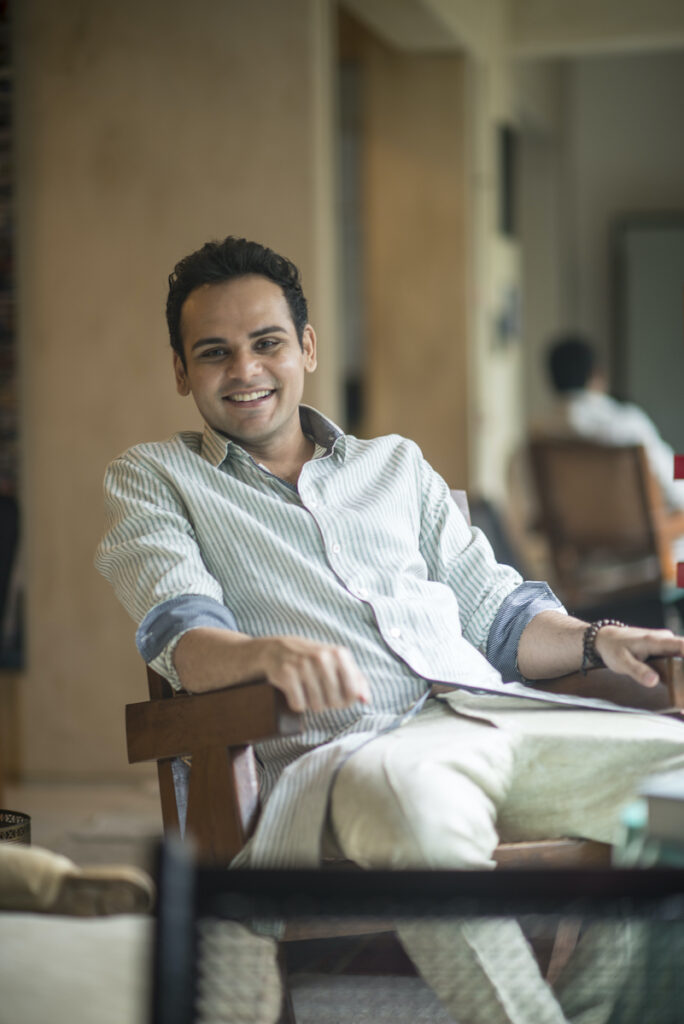
What is your design philosophy?
I have always felt compelled to challenge the misconception that Indian crafts are mere mementoes. Wanting to marry our rich cultural heritage with design evolution, I established Atelier Ashiesh Shah—a pivotal venture that extends and facilitates the growth of my architectural studio.
I have always felt compelled to challenge the misconception that Indian crafts are mere mementoes
Ashiesh Shah, founder, Atelier Ashiesh Shah
The Atelier is a dynamic amalgamation of experimentation, craftsmanship and technique, creating a thriving creative ecosystem for collaboration and development. As far as spaces go, I have a deep appreciation for the Japanese philosophy of wabi-sabi. I don’t make a special effort to bring it into my practice, but my spaces are characterised equally by the finished and unfinished.
Where do you seek inspiration from? Do you have any design heroes?
Certainly, one of them is Isamu Noguchi because of his ability to sit in a bracketless space. He effortlessly traversed between various artistic mediums, skilfully incorporating geometric elements into his work. What’s truly captivating is how he managed to anchor his practice in Japanese philosophy while residing in America, and how he explored the materiality of his craft with such dexterity. His remarkable body of work redefined the perception of art and he also brought the paper lamps of Japan into the broader global consciousness. I resonate with Noguchi’s approach, as I aspire to make crafts accessible, relevant and contemporary.
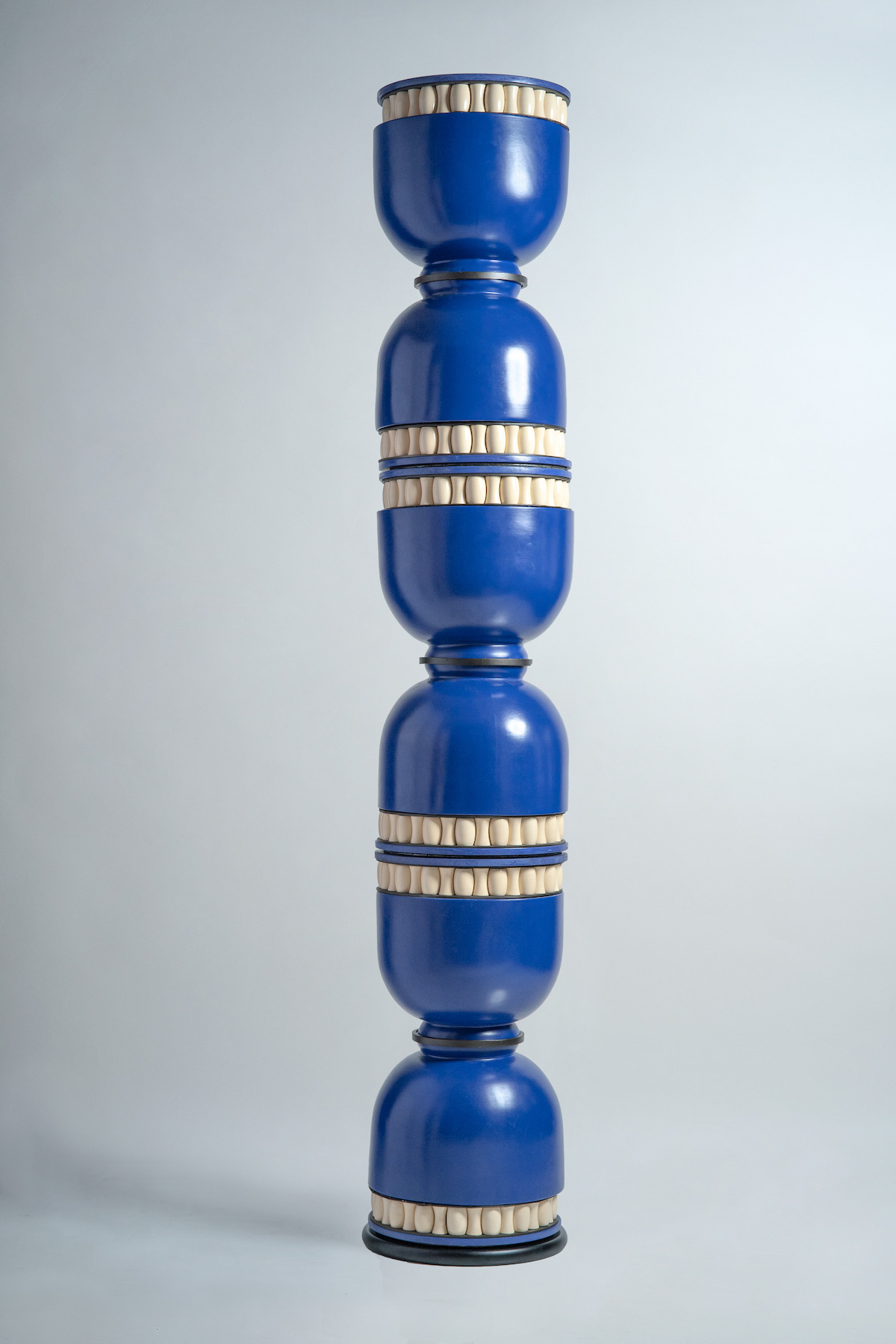
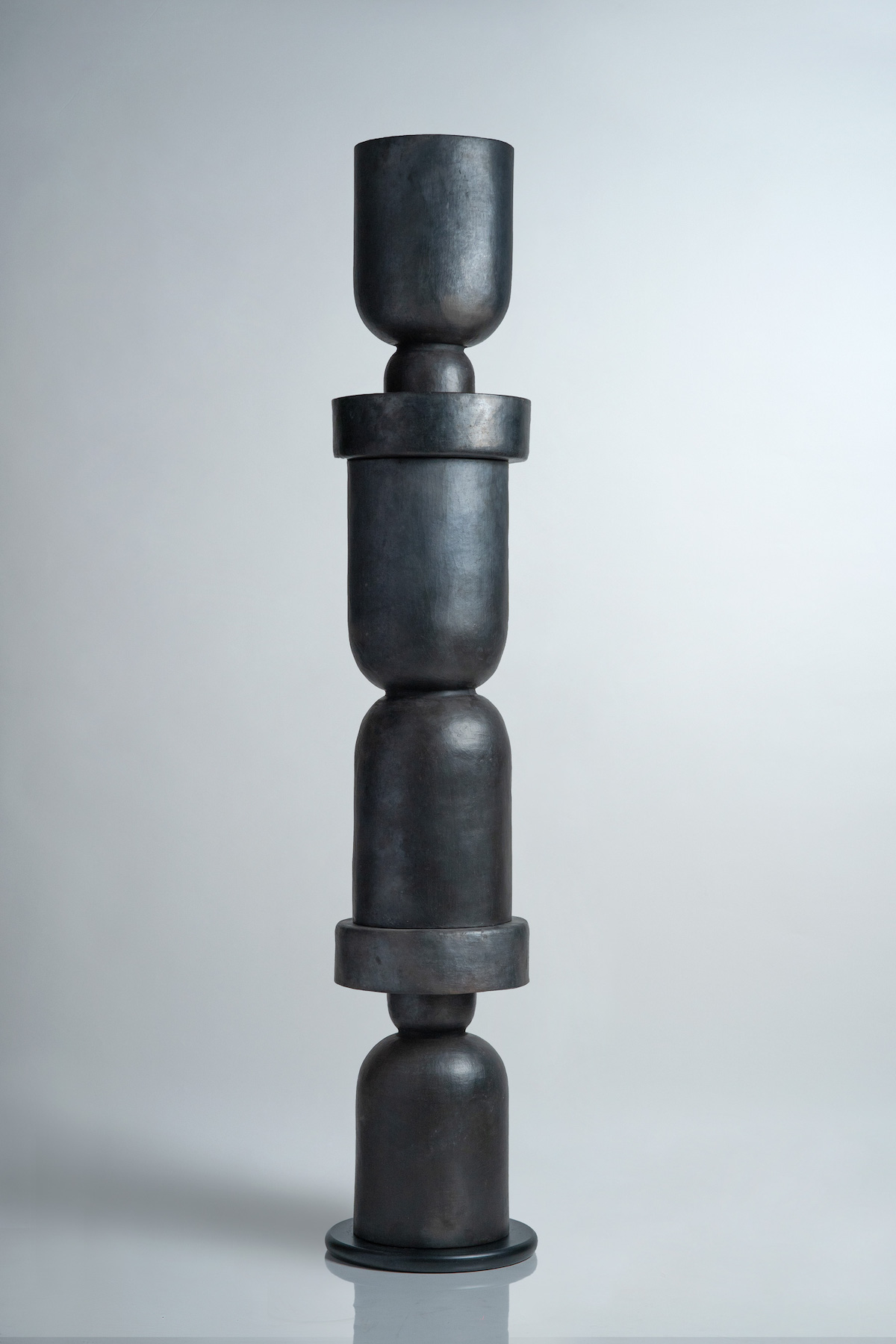

What has been your most meaningful project?
At Atelier Ashiesh Shah, we strive to promote indigenous living craft practices. Our most recent project, STAMBHS, is seeded in this concept. As a reimagination of celestial columns found in ancient temples and edifices, the pillars encapsulate the essence of our nation and its cultural spirit through art, craft and design. It represents a distinct segment within the Atelier, unifying various craft villages under a common symbol.
Arun Shekar and Mohammed Afnan, Humming Tree, Kozhikode, Kerala
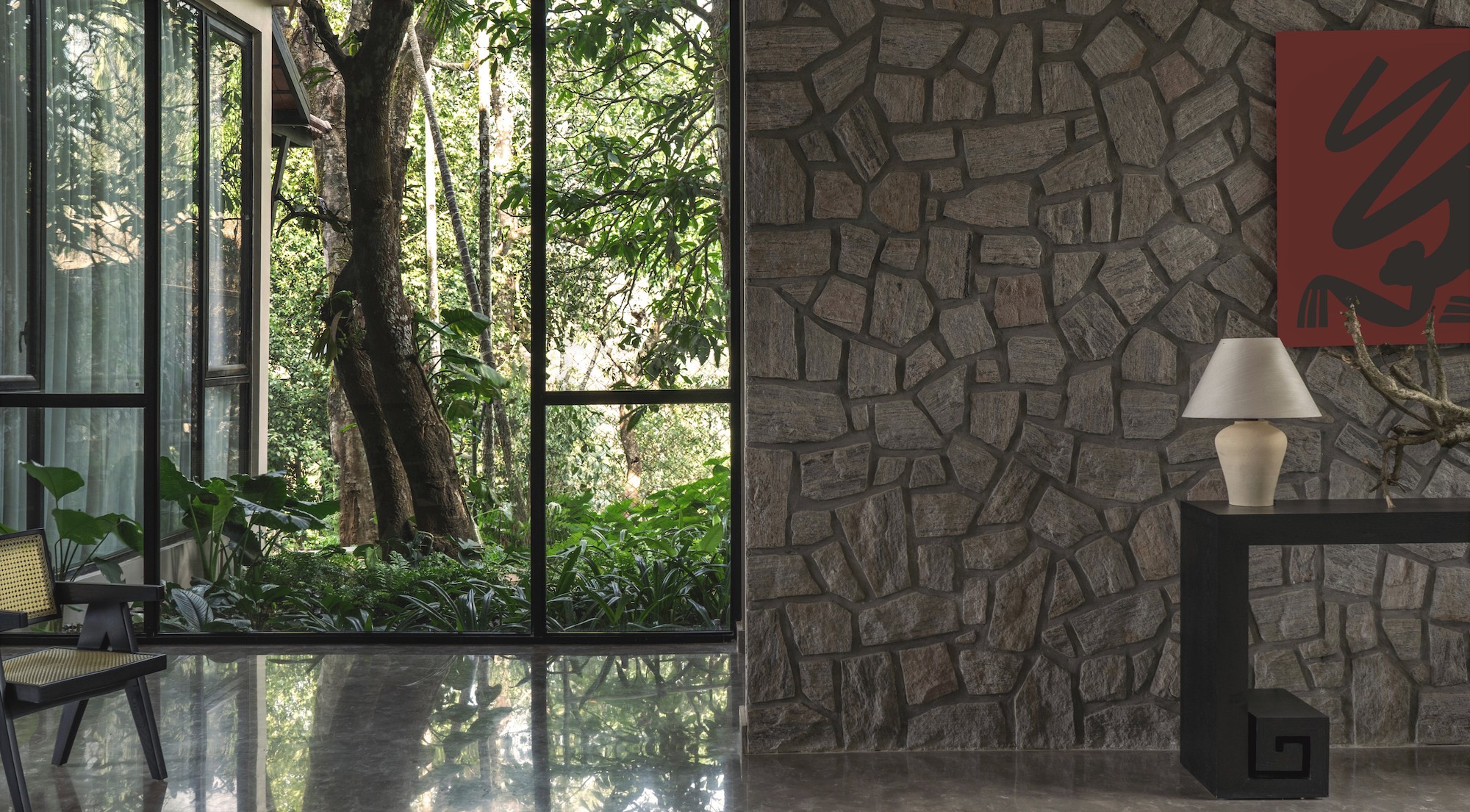
What are your backgrounds and how did you come together?
Afnan and I (Arun) grew up in two different worlds. I was born and raised in Bangalore and Afnan in Bahrain. We met as students in design school and always hoped to collaborate as we had similar design sensibilities. We finally started our own practice in 2013. Though we work well together, we have our fair share of disagreements. Our yin and yang ways are what makes our partnership so successful.
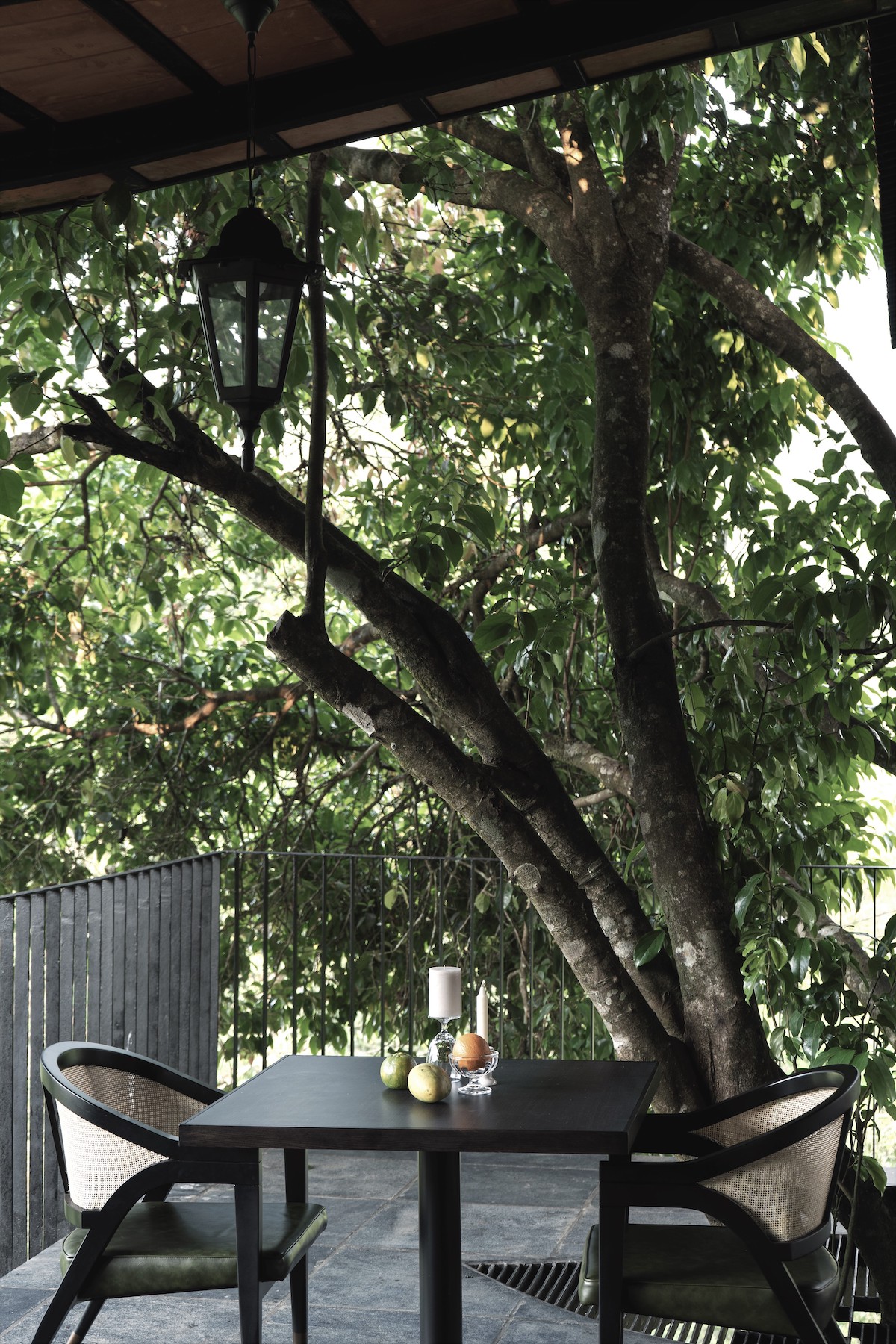

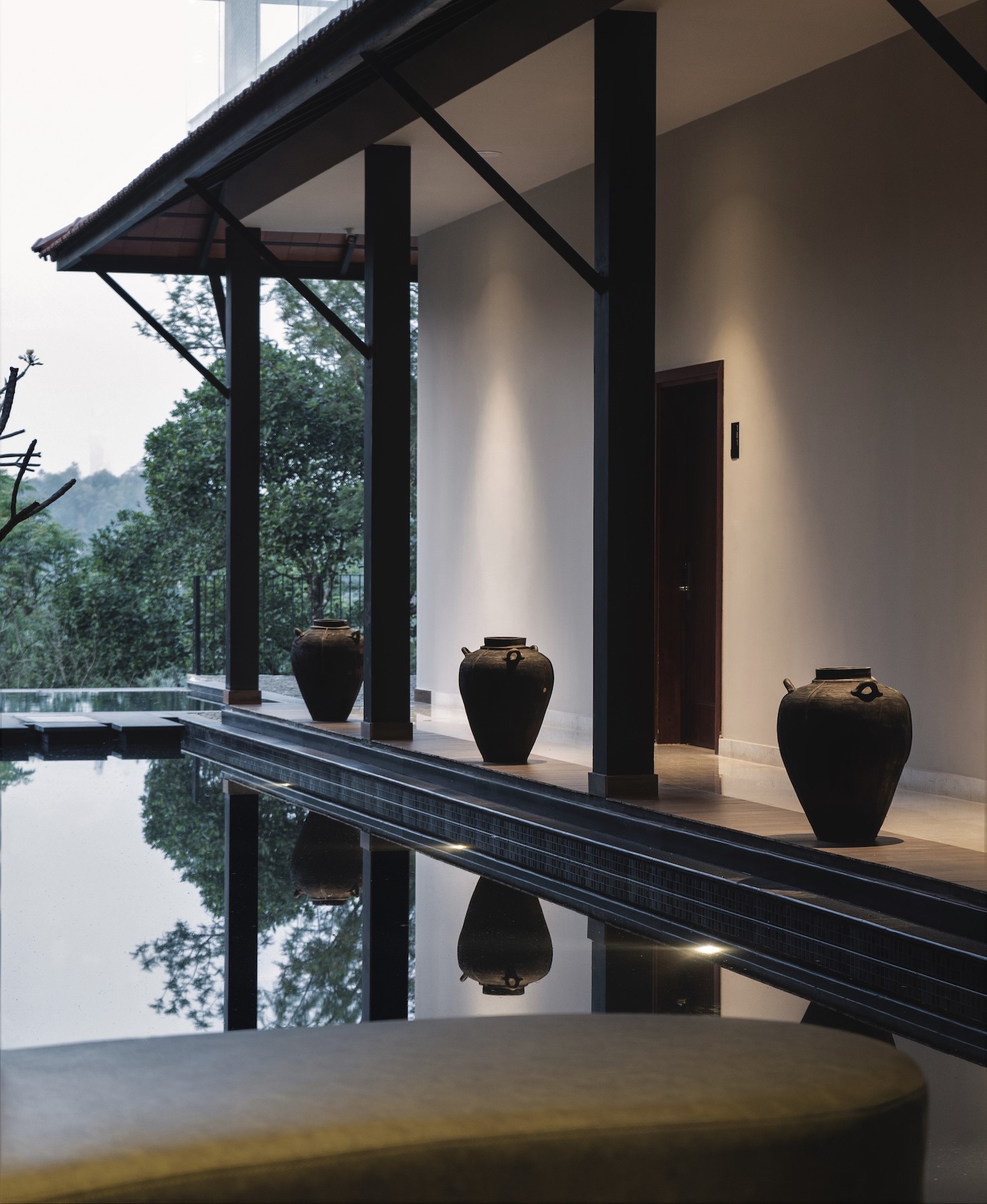
What is your design philosophy?
We are firm believers in following our instincts, come what may. More often than not, such instinctual decisions have turned out to be the most successful ones.
We are firm believers in following our instincts, come what may. More often than not, such instinctual decisions have turned out to be the most successful ones.
Arun Shekar, co-founder, Humming Tree
Where do you seek inspiration from? Do you have any design heroes?
There’s so much to learn from Geoffrey Bawa. That craft is fundamental to design is a philosophy we follow here at Humming Tree.
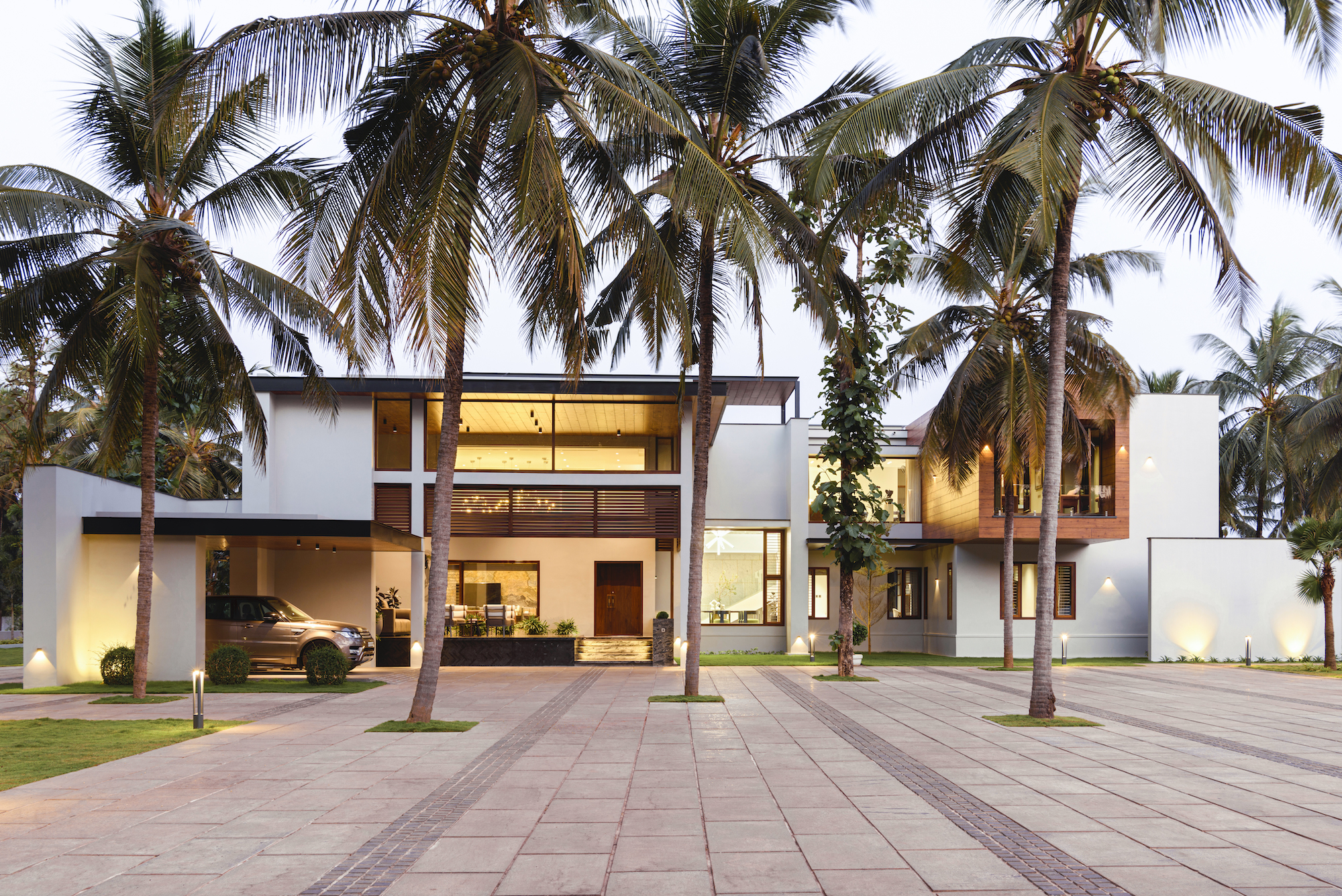
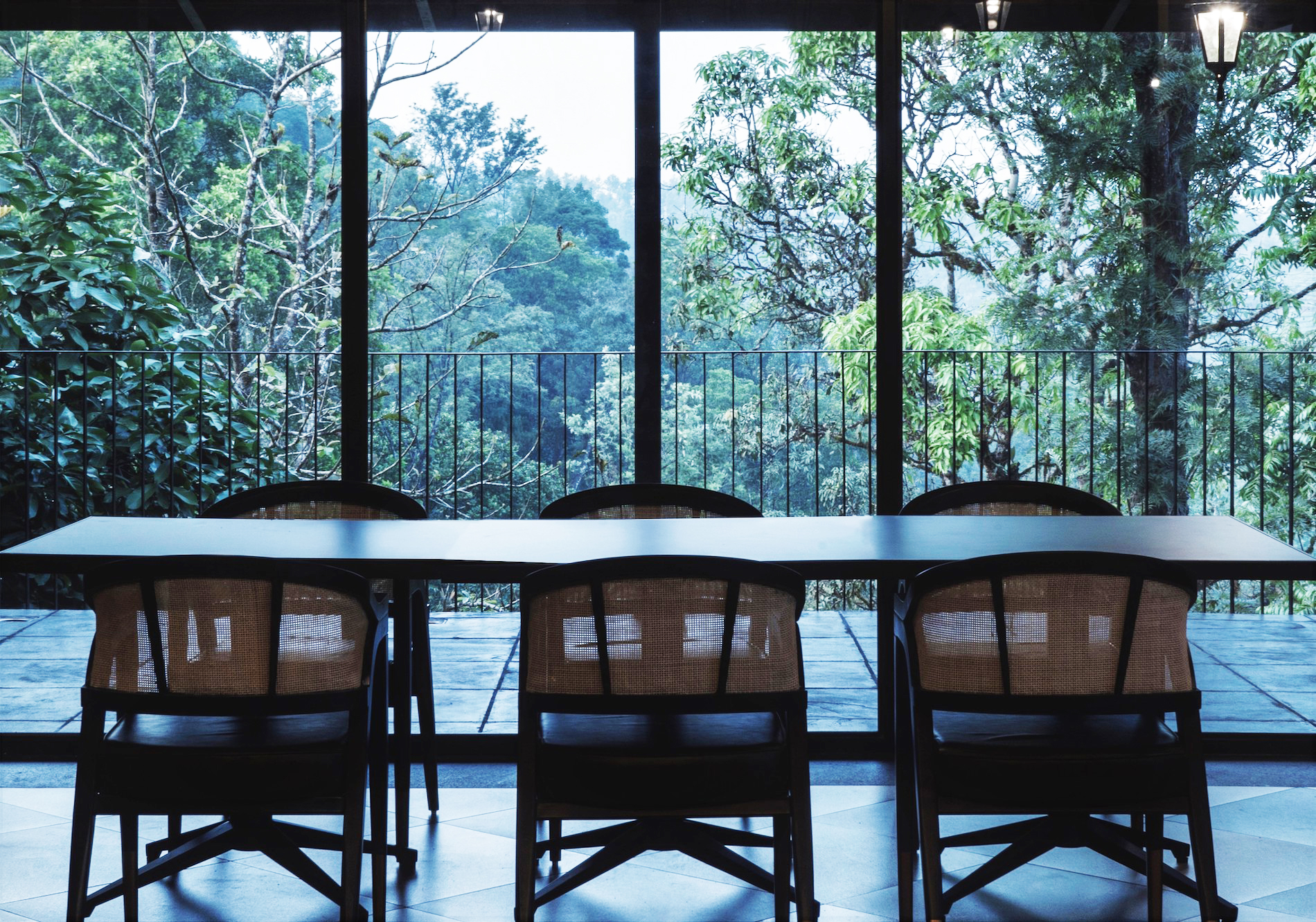
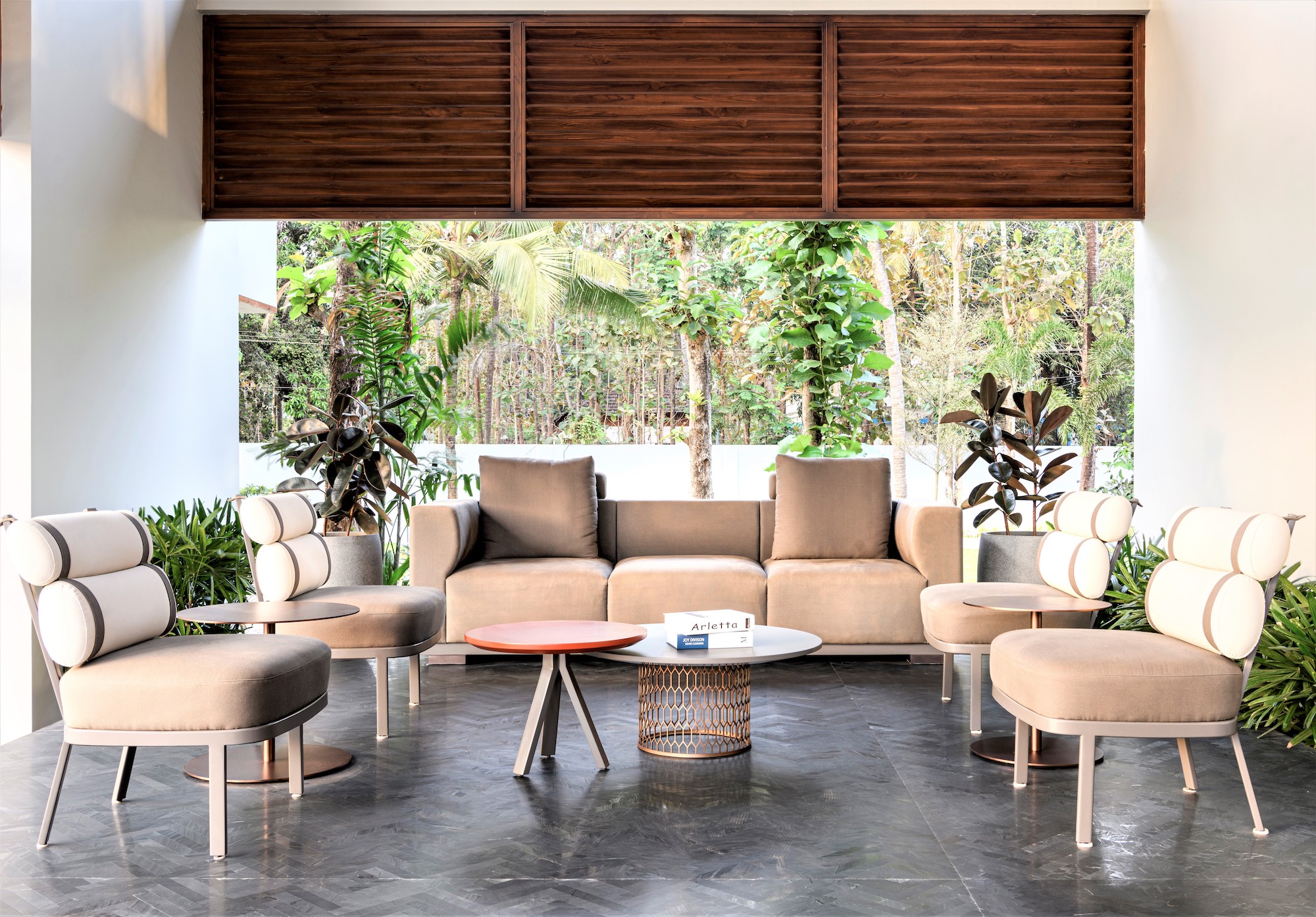
What are some of your most significant projects?
Our aim is to bridge the urban-rural divide through design and community engagements. There’s something to be said of craftspeople with no formal education. They continue to uphold the skills of generations before them and keep them from being forgotten. Our Revelation serve-ware and lighting capsule is an example of this exemplary artisanship, made from clay in the hands of master artisans.
What have been some defining moments of your career?
I definitely think we’ve been able to take risks at the right times and that those have paid off in the long run. Also, saying no has been life-altering.
Read more: Interior Designers I Interiors | Design | India | Asian Design




